On this episode we’re talking about THE weakest link in the McLaren engine — the connecting rods. If you’re pushing more power through your engine, these are components you will need to address. Learn why this is and more on today’s McLaren Engines 101.
Like many other components of the engine, McLaren prioritized lightness and efficiency in their design. With supplier changes and an updated design, we’ve seen these evolve over time.
Two Designs
They came in two basic designs, the early engines had a heavier rod with a narrow beam, while the later engines came with a redesigned rod that weighed less but had a wider beam. McLaren chose a piston-guided rod, meaning they rely on the piston to keep the rod centered on the crankshaft rather than the other way around.
This design reduces weight with the added benefit of reducing frictional losses. Typical of most of today’s OE manufacturers, these rods employ a “cracked cap” on the big end, eliminating the need for locating dowels or pins. While this lightweight, efficient design gets the job done at factory power levels, it’s also the first thing to give out when you start turning up the boost.
A Ticking Timebomb
We have removed and inspected hundreds of rods from McLaren engines and the vast majority of the rods in tuned engines are compromised in some way. Even if a rod looked straight, increased torque, detonation, or preignition often compressed and permanently shortened the rod leaving you with reduced power and a ticking time bomb in your engine.
CSO Design
Our design has evolved over time. Like the OE rods, it’s piston-guided, so it works seamlessly with both factory pistons and our CSO-spec pistons. But that’s where the similarities end.
Our CSO rod improves on the OE design with:
- Material: Our rods are made with 4330V steel, forged and machined exclusively in the U.S.
- Rod Bolts: We use ARP CA 625 Plus bolts for extreme clamping force.
- Wrist Pin Housing: CSO rods are bushed with AMS 642 bronze alloy to eliminate deformation and extrusion at extreme loads.
- Strength: Each CSO rod is designed to handle at least 250 HP—meaning the entire set can support up to 2000+ HP.
- Weight Matching: Our rods are within OE weight tolerances to keep the crankshaft happy and are weight matched at the factory.
The Bottom Line
Here’s the bottom line—if you’re staying stock, OE rods might be fine. But if you’re chasing more power, it’s not if your rods will fail, it’s when. Our CSO rods are designed to keep your engine alive and performing at its best.
If you’re serious about power and reliability, upgrading your rods is required. Want to learn more? Check out our website or hit us up in the comments. Thanks for watching Engines 101! See you next time.

